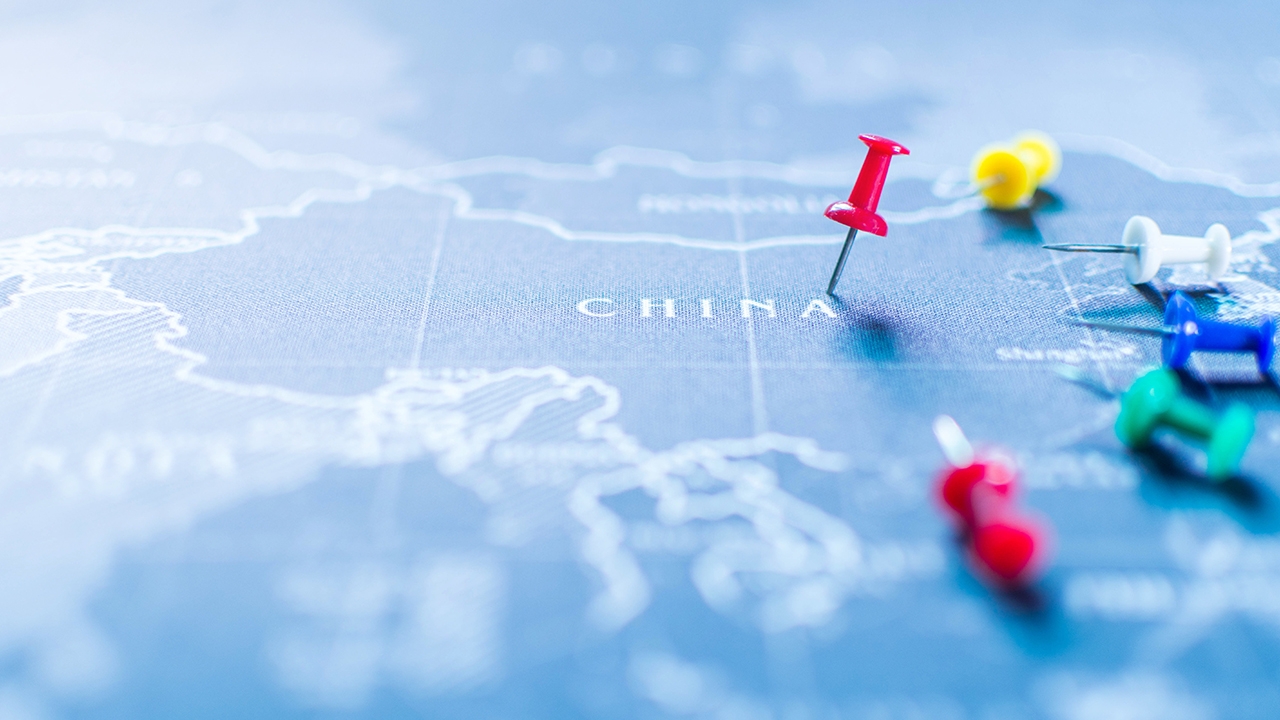China: Optimistic despite headwinds
Recovery in post-Covid China has not been smooth, and the label industry is no exception. Still, innovation in the region continues.

According to government data, the value of the Chinese packaging and printing industry will reach 3.70 trillion RMB (USD 0.5 trillion) in 2023. Labeling remains an important player, posting a growth rate significantly higher than both packaging and general printing sectors.
According to a Smithers report published in March 2023, Asia-Pacific was the world’s biggest label printing market in 2022, valued at USD 15.9 billion USD, with a total output of 36.5 billion sqm.
“The installed capacity of digital equipment in China’s label market exceeds 700 units”
In the past three years, the Asia-Pacific label market grew by only 0.5 percent YOY, significantly lower than the 6.2 percent achieved in the pre-Covid period between 2016-2019. In 2022, with the epidemic over, the market recovered strongly, growing by 7.3 percent. This rapid growth is expected to continue until 2026, with a projected growth rate of 5.7 percent in label volume and 4.5 percent in sales.
China is the largest market for label materials in Asia-Pacific, accounting for 44.9 percent of sales in the region. In terms of consumption, the Chinese market accounts for 61.5 percent of the Asia-Pacific market. From 2016 to 2019, China’s market volume grew at a CAGR of 7.0 percent and sales grew at a CAGR of 8.0 percent. Even during Covid-19, China’s labeling industry continued to grow, though at a slower pace than in previous years.
It is expected that by 2026, the compound annual growth rate of China’s label industry will be 6.1 percent, and the growth rate of sales will be 6.6 percent.
Flat and slow growth
As we enter 2024, China’s label printing industry is facing a number of challenges including declining external demand, industrial destocking, and price increases.
The slowdown in overall growth rates has prompted the label industry to devote more time and energy to automation and digitization, prioritizing Industry 4.0, artificial intelligence, big data technology and the government-led drive towards a carbon neutral economy.
Digital technology
Digital label press installations reached their highest level yet in 2023, with installed capacity now exceeding 700 units. International brands account for about around 70 percent of this total, mainly driven by HP Indigo and Xeikon who entered the China market earlier than their competitors.
The remaining 30 percent of digital installations come from domestic digital press suppliers such as Flora, Pulisi, Haotian and HanGlobal. Pulisi says since the launch of its first digital press in 2021, its current global installation based has reached 120 units, of which more than 100 are installed in the local China market. In 2023 alone, there were more than 80 units new installations. For example, Foshan YDG has installed three Pulisi digital presses in the past two years.
The growth of China’s digital label press industry has been driven not only by the increasing market demand for short-runs, customization, multi-SKUs, and shorter delivery times, but also because of increasing cost pressures faced by converters.
These include the increasing cost of raw materials and labor, and increasing costs complying with environmental legislation. At the same time converters are being pushed to improve quality and efficiency, reduce cost, and achieving green production targets.
The huge development potential of digital press technology has attracted new suppliers. For example, Weigang, which focuses on flexo and offset printing equipment, launched its first WG S350 digital press and ZJR S350 Pro Hybrid press during Labelexpo Asia 2023; conventional press supplier Label Source cooperated with digital press supplier HanGlobal and launched LabStar330S Hybrid flexo-inkjet press.
The continuous progress of digital printing technology has not only attracted more label converters to invest in digital presses, but also attracted new entrants. For example, Shenzhen Namda, a supplier of label anti-counterfeiting materials, has invested in Konica Minolta’s AccurioLabel 230 and AccurioLabel 400 digital printing presses respectively in 2022 and 2023 to expand its business into the label printing sector.
The upward digital trend is reflected in the finishing process. At this year’s Labelexpo Asia, SEI, Vorey, Golden Laser, IECHO, Shengye, Jingwei Jingwei, Reborn, Darui, Koyo, Saga, Keneth and William displayed laser die cutting systems, while Kurz, DMS, Reborn, Rhyguan, and Brotech presented digital stamping and varnish machines.
RFID labels
RFID is regarded as a apotential growth area for the Chinese market in the coming years.
The AIoT StarMap Research Institute forecasts 39 billion RFID tags have been sold in 2023. and the RFID market will continue to grow by around 20 percent a year.
According to this survey, the output of China’s UHF RFID Inlay industry accounts for about 70 percent of the global market.
At present, RFID is mainly used in the retail apparel sector, but RFID technology also has a big potential in the logistics field. In April 2023, RFID tag shipments for China’s leading logistics company Cainiao exceeded 100 million units. This is less than two years after Cainiao publicly announced the technology initiative.
The Smart Label Trail during Labelexpo Asia 2023 saw suppliers including Avery Dennison, Muehlbauer, Voyantic, Yuanmingjie, Hadesheng, Chili, Taibao, HOACO, Shanghai Jinglu, Chankey, XGSun, OSRFID, ADA, Postek, Leidan, Summation Solutions, HWA-Tech, Wing Singa and SDIOT exhibit RFID technologies and services across the entire process of RFID label manufacturing and useage. A concurrent masterclass focused on RFID attracted more than 140 attendees on the first day of the show.
Stay up to date
Subscribe to the free Label News newsletter and receive the latest content every week. We'll never share your email address.


